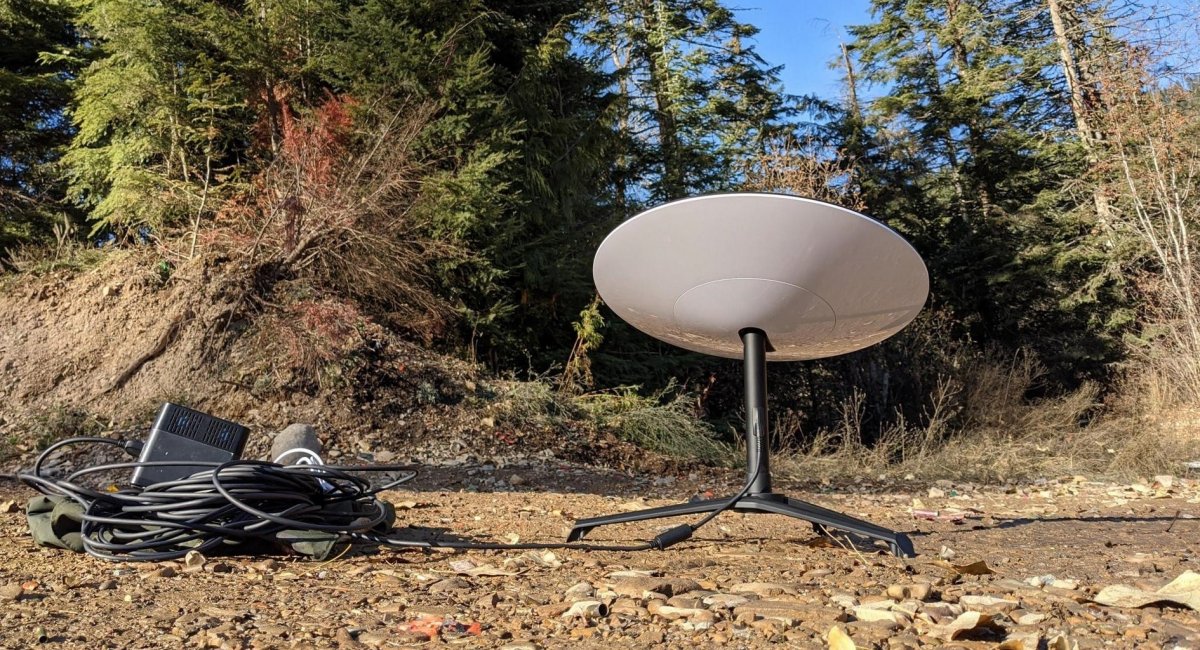
Has Russia really learned how to jam Starlink, is it really that bad, and why we need to use a shovel
Starlink, as well as electronic warfare, obeys the laws of physics and is not about analog network technologies, while the solution to the problem is extremely trivial
The information that Russia has begun jamming Starlink satellite terminals, which has been widely publicized in recent days, is not new. Because the first attempts of racists to do this were recorded months ago.
Back in April, it was reported that Russia was allegedly using the Tobol 14C227 electronic warfare system for this purpose. After that, an explanation of how it works and how to interfere was given by communications officer Serhiy Flesh.
And there is really no need for any secret complexes for this, and it is possible to face communication suppression only near the front line. The physics of the process itself does not change, because we are talking about radio communications that can be interfered with in any case, even if we are talking about Starlink, because it is also a radio communication.
In addition, in the case of Starlink, it is possible to jam not the communication channel itself, but satellite navigation, because the terminal is GPS-enabled and does not work in the occupied territory of Ukraine.

And to suppress Starlink, the enemy has to place EW antennas at high altitudes – mobile phone masts, elevators, power transmission towers – and interfere with the satellite Internet antenna at a very high angle. And in order to level this, as we wrote in April, you need a regular shovel.
As the expert advises, it is necessary to dig a Starlink antenna, a trench (or rather a pit or well) at least 50 cm deep, possibly deeper, but so that the antenna continues to see the satellites. It is possible to cover the walls with a dense metal mesh or metal corrugated board, creating a “Faraday cage” that is not closed on top, which must be grounded. You also need to remember that when it rains, you will need to do something about the water at the bottom of the pit.

In other words, it is neither about analog Russian technologies nor about the inability to solve the problem with simple enough actions.
Moreover, burying the Starlink at a certain distance from the position is a good enough solution anyway, as it protects it from being hit by debris and does not “light up” our positions.

